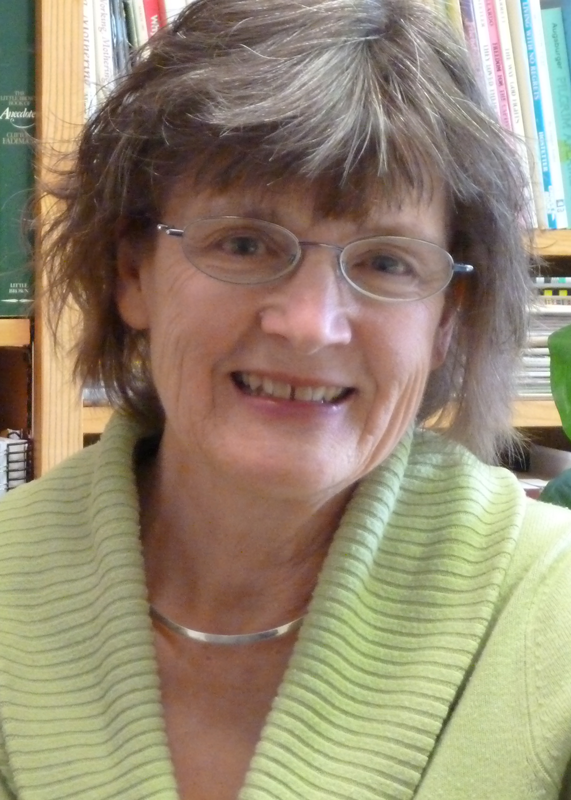Stewards of the Earth and Sacred Blue Corn

Ponca corn, drying
This year as we celebrate Thanksgiving (our Canadian friends/readers have already paused on October 10), I will cherish two special ears of sacred blue corn that were given out at a recent worship service at my church. In this case, the corn has fascinating links to a past all of us should hold dear.
Sometimes we talk about doing whatever we can to guard and protect the earth for the sake of our children and grandchildren, but Native Americans count seven generations forward on this topic.
Nancy Sorrells, a journalist, historian, and organizer from nearby Augusta County, Virginia, spoke at our church back in October about stewardship of the earth and what she’s learned from her research on Native Americans or indigenous peoples. She noted that sometimes we talk about doing whatever we can to guard and protect the earth for the sake of our children and grandchildren, but that Native Americans count seven generations forward on this topic. They speak of holding land in trust for the far future, which is profoundly biblical.
Fellow church member Mark Facknitz, who teaches at nearby James Madison University, nicely summarized the special nature of the corn handed out when he shared on Facebook: “This is Ponca corn. When the Ponca were forcibly removed to reservations in Oklahoma—138 years ago—they took with them seeds that their elders preserved in medicine pouches. They represent a sacred link between past and future, between the dead and the unborn. In recent years that seed has returned to Nebraska where it is being planted in the path of the Keystone XL [one of many energy pipeline projects across North America; this one beginning in Alberta, Canada]. Then this year, seed stock from the Nebraska harvest was planted on half an acre in the path of Dominion’s Atlantic Coast Pipeline in Augusta County, Virginia.” The corn is a deep blue, almost black in color. We plan to plant some of it next summer, just to keep it going!
In a nutshell, the $5 billion Atlantic Coast Pipeline would bring natural gas from a source called the Marcellus Shale in West Virginia to customers in southeastern Virginia and eastern North Carolina. It would cross private and public land (some taken through eminent domain) and destroy some of the land’s beauty and arability as long the pipeline stays in use. Critics hold that it could become obsolete in 20 or so years; they point to falling energy use, which has flatlined since 2008, and the fact that Dominion shareholders haven’t been told where the money will come from for the project. If you go online, you can easily find more information. Looking to the future for our children, grandchildren, and many, many great grandchildren, such land devastation is not wanted for anyone’s backyard, says Sorrells.
Locally and at many places throughout North America, “big energy” and small local lands come into conflict. The Atlantic Coast Pipeline is the one closest to me. The issues are frequently very complex; in this case it’s not just a matter of digging up farmland, wilderness, or forest area, and then letting the land recover. It means a permanent slash across the land that must be kept clear for access to the pipe in case of troubles. The Dakota Access Pipeline dispute led by the Standing Rock Sioux tribe in North Dakota is another compelling crisis where good people are trying to protect ancient lands.
I grew up with reverence for the land as a Mennonite farmer’s daughter. My father grew a lot of corn in northern Indiana on our 127-acre farm. I remember during corn harvest season, Dad often worked right up to Thanksgiving Day and past, to get the harvest in. And the shelled corn was so much fun to play in. My siblings all recall how much fun it was to “swim” in the barn’s grain bin filled with wheat or corn kernels. You moved your legs and arms and the grain filled in the pockets around you, kind of like sand. Even years after Mom and Dad moved off the farm, they kept a toy “gravity flow wagon” filled with shelled corn and a tiny hay/grain elevator in the toy closet that my daughters loved playing with.
Earlier this October, I felt time came full circle as I watched my oldest grandson play in a recreational “corn bin” at a strawberry/pumpkin organic farm near his city. The bin was like a huge sandbox, but filled with bushels of shelled corn. At first, three-year-old Sam was cautious: What was this stuff? He couldn’t walk steadily. But then he began to enjoy it as he felt the smooth beauty of corn kernels cascading over his hands and swirling around him as he moved in the corn. So earthy, grounded, real. I was glad he could have that experience, even in microcosm.
The purpose of this column is not to take political or economic sides but to revisit the biblical idea that the earth belongs to all people and our “children” in years to come. The first two verses of Psalm 24 say: “The earth is the Lord’s, and everything in it, the world, and all who live in it; for he founded it on the seas and established it on the waters.” For us and future generations to protect and treasure.
For a free booklet, especially for teens and older children, write for “Respect Your Mother Earth.” Send to MelodieD@MennoMedia.org or Another Way, 1251 Virginia Avenue, Harrisonburg, VA 22802.




